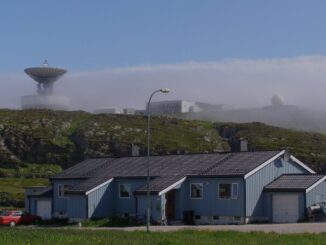By the early 1990s, computing in the Ministry of Defence was moving from huge, multi-million pound machines housed in air-conditioned rooms out into the offices on minicomputers and personal computers running Windows. It’s hard to imagine in today’s tech-savvy world, but the average person thirty years ago knew little about these personal computers and, in many cases, looked on them with fear and suspicion.
If the MoD was to move from the old world
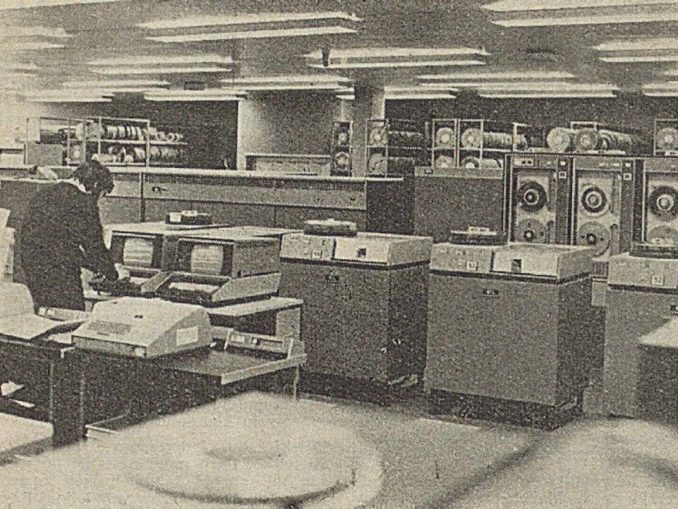
nn, Public domain, via Wikimedia Commons
into the brave new world of the electronic office,
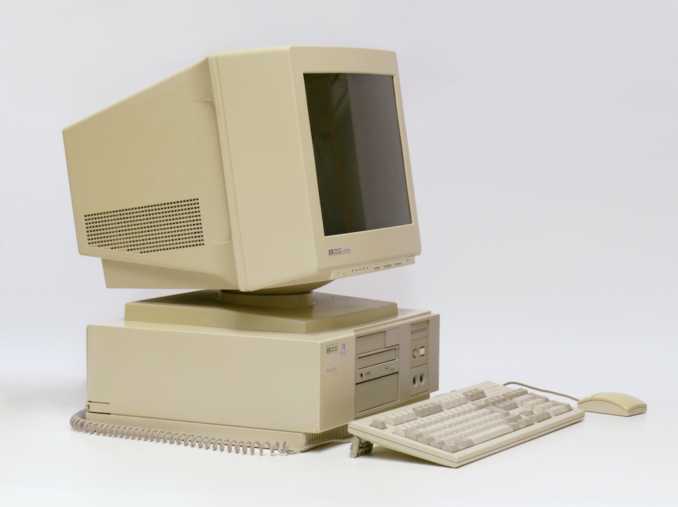
it was going to have to make sure that its staff were able to make the best use of these boxes that were rapidly appearing on their desks.
In a rare example of sound thinking, it was decided that staff would not be left to work out Word, Excel and PowerPoint by themselves, nor would they be sat down, thirty at a time, in a draughty classroom and be lectured at by someone who had just read the manual half an hour previously (which was standard military practice in those days). No, it was decided that this was a job for the professionals.
Contracts were drawn up for dedicated facilities to be set up in all major MoD establishments, home and abroad. They would be available to all, on a walk in basis, during normal office hours, and be provided with up to 24 PCs equipped with purpose-written software covering all the common programs, providing what was, in effect, a very early version of online learning.
Contractor staff would run the place, handling all the bookings, assistance and hardware maintenance. I’m not going to say who the contractor was, but you can probably guess – they’re still going strong in the outsourcing world today.
As I had some experience of managing contracts for outsourced services, it fell to me to manage this contract and develop a plan for the service to be introduced as widely as possible.
It quickly turned out to be a great success and we soon had “learning centres” in most major MoD installations in the UK, and my managerial skills were seldom needed, although I did involve myself when a new centre was being set up somewhere that I fancied visiting – like the RAF Maintenance Unit at Carlisle, which was just across the road from the Eddie Stobart depot. One of my hobbies was collecting the girls’ names on the front of Stobart lorries, and Eddie had just taken delivery of about 50 new lorries. I was in “ticking” heaven!
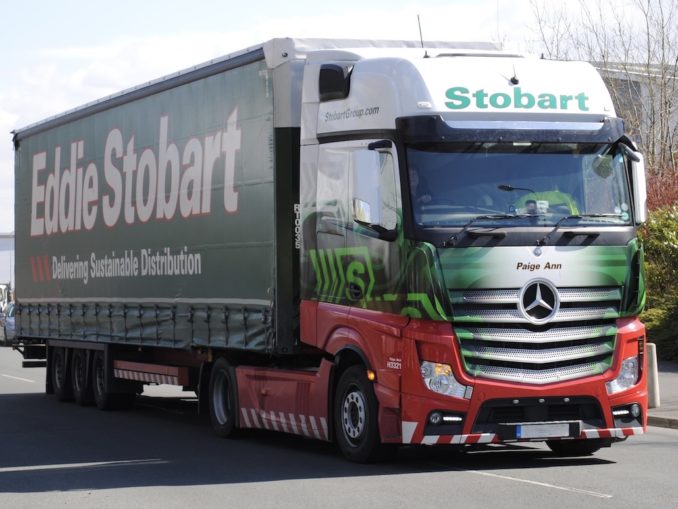
Alan Sansbury from Liverpool, England, CC BY 2.0, via Wikimedia Commons
I decided that my skills would most definitely be needed on the ground when it was decided to set up a centre in Cyprus; I couldn’t possibly let my contractors go somewhere I wasn’t prepared to go myself, nor could I be sure there wouldn’t be any problems which could only be resolved by my personal intervention on the ground. It was pure coincidence that Cyprus had always been on my bucket list!
And so, in early October 1996, I led a party of me, a member of my team and the Service Delivery Manager of the company providing the service (I’m still not going to tell you their name) to RAF Akrotiri to determine where we could set up our latest learning centre to serve both Akrotiri and the nearby Army base at Episcopi.
There was one official flight per week to Cyprus from RAF Brize Norton, at first light on a Monday morning and returning sometime during the afternoon of the Wednesday. I was, naturally, distressed to find that the short meeting I had planned had turned out to be a 60-hour stopover.
After an overnight stay in the Mess at Brize on the Sunday night, we set off on the 5-hour flight by VC-10 to RAF Akrotiri.
The flight was uneventful and we were disturbed only when we started the approach to Akrotiri; it was at that point that we were told that this was a training flight and that the pilot was making his first approach to Akrotiri. We needn’t have worried; it was probably the most gentle landing I have experienced, probably because the pilot took more than twenty minutes to line up on the runway from way out in the middle of the Med and drop very gently onto the tarmac.
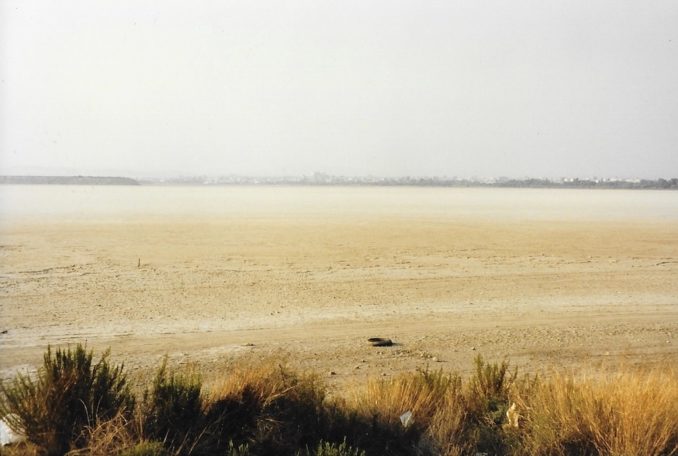
We were cleared through the airport very quickly, mainly because the return flight was the one when all the service officer’s wives flew back to England for two days serious retail therapy and they were keen to get off. We encountered them on our return flight and they certainly seemed to have achieved their objective.
We were taken to the Mess and, having made our introductions to the CO, we were free until the next mornings’s meeting. Having unpacked, I wandered round the base thoroughly enjoying my first experience of a balmy October Mediterranean climate.
My RAF contact had arranged to take us for a meal in Limassol. This proved to be difficult as most of the town was off limits to we Brits as there had recently been an “incident” involving British servicemen and some Cypriot youths. RAF diplomacy won through, however, and we found a very nice beachside restaurant where I had my first meze platter of Cypriot food and I have to say that, despite it being “foreign muck”, I thoroughly enjoyed it. I also thoroughly enjoyed the local beer, Keo – several times in fact!
I shall gloss over the next day’s meetings re the proposed learning centre, partly because they were successful, but mainly because, 25 years later, I have no recollection of them. Having agreed that the plan would go ahead, and secured the CO’s blessing, it remained only to hammer out the details and, most importantly, what it would cost the MoD for the contractor to provide the service.
To my surprise, the contractor’s service manager who was my opposite number on this trip, and who I haven’t yet mentioned was a lady, suggested that our negotiations could just as easily be conducted at a beach bar as in a dull conference room. We had already hired a car to get us around for the duration of our stay and so we headed for Kourion Beach and a rather nice restaurant and bar.
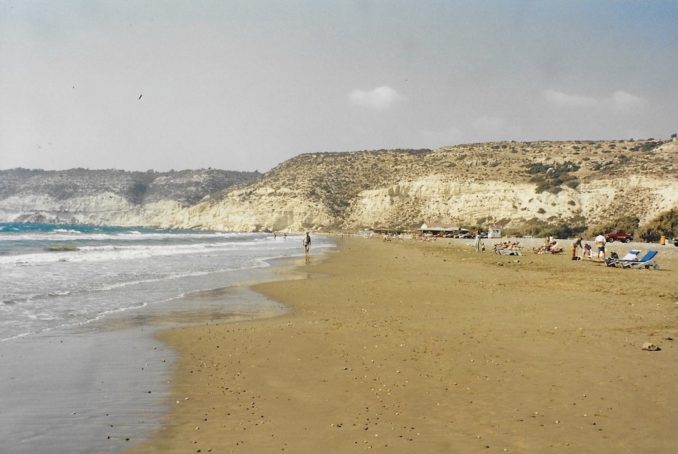
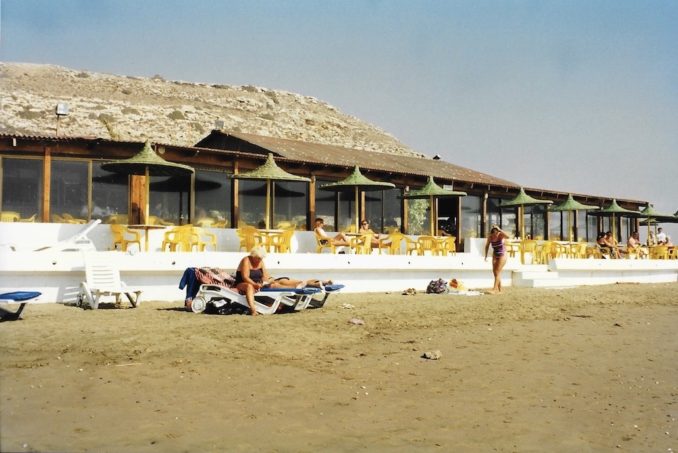
After a pleasant light lunch and a welcome re-introduction to Keo beer, we decided that it would be a waste to be on such a pleasant beach, on such a nice day, and not go for a dip while conducting our discussions. Let me tell you, as one of the very few people to have conducted contract negotiations nipple-deep in the Mediterranean, that it has much to commend it and, had Arthur Scargill and Margaret Thatcher not been so stuffy during the Miner’s Strike, late-20th century industrial relations might have taken a very different course.
The deal sealed, we set off to see the sights, stopping first at the Amphitheatre at Kourion,
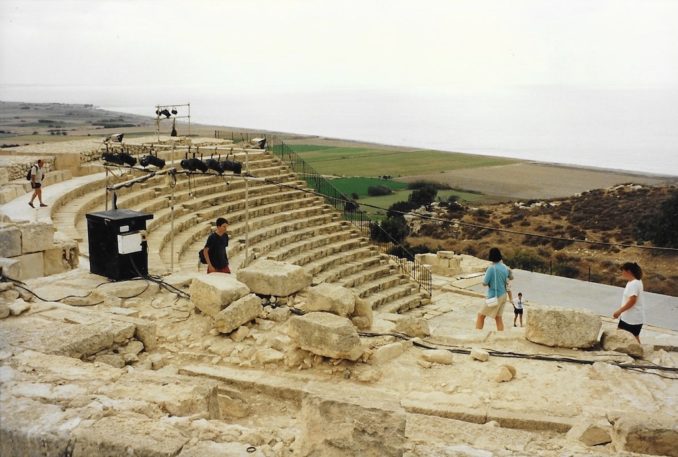
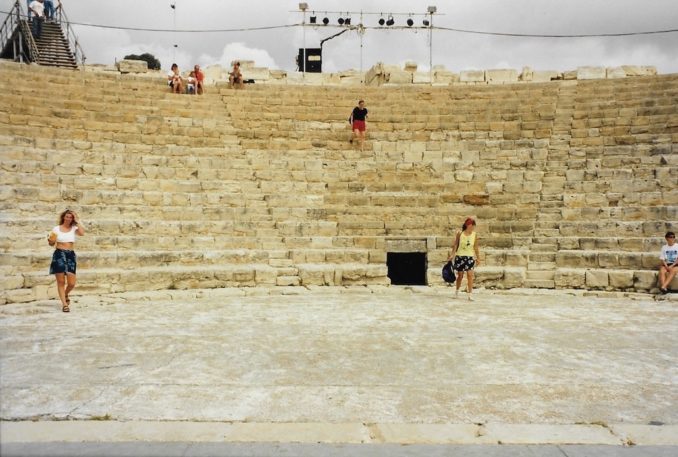
and next at the Villa Eustolis to see the mosaics dating from 400AD


From there it was on to Paphos,

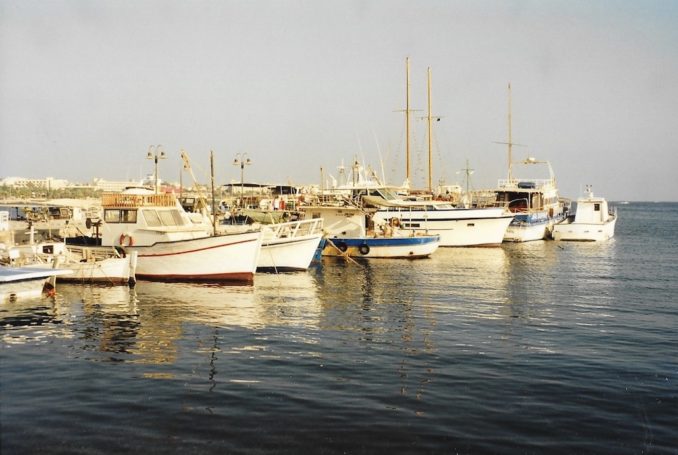
and a chance to go out on a glass-bottom boat to see the vast numbers of amphorae lying at the bottom of the Med, all that remained of ships wrecked centuries ago.
We still had more than a full day before our return flight so we decided to save the rest of our sightseeing for the next day.
After a hearty Mess breakfast, we decided to go up into the Troodos Mountains and see what village life was like on the flanks of Mount Olympus, before taking in as much as we could of the country as far as Ayios Nikolaos, the furthest east it was easy for us to travel while staying clear of the United Nations Buffer Zone and Turkish-occupied Cyprus.
It turned out that village life was pretty basic, although they were beginning to develop their tourist industry.

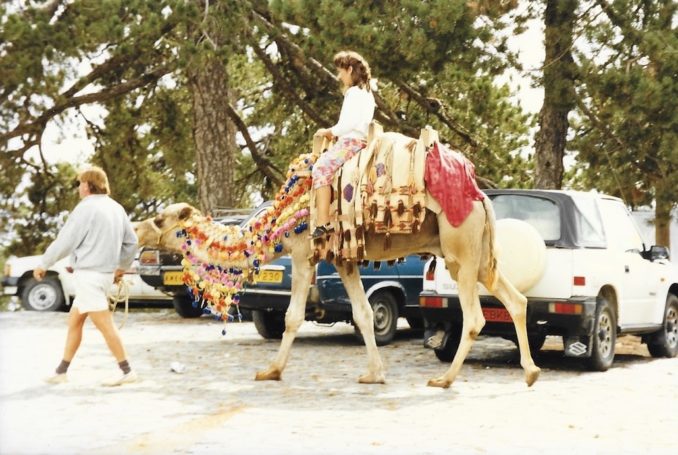

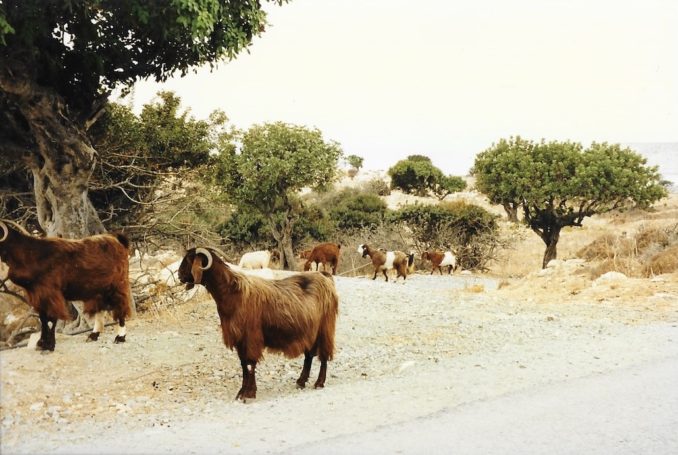
When we got back to the Mess, I decided to pop into the bar and renew my acquaintance with the local beer, Keo. I may have mentioned that it was very good, a perfect companion to the perfect climate. And it was even better at Mess prices – I recall buying a pint and 20 Silk Cut and getting a fair bit of change out of a Cypriot Pound.
Having perhaps enjoyed the Keo too much, I retired for what I expected to be a contented night’s sleep, but, much to my alarm, I was awakened at about 4am by a rumbling and shaking far too pronounced to be self-induced. It turned out to be a Magnitude 6.8 undersea earthquake, 20km offshore and 33km deep – the largest earthquake to occur in the Cyprus region since 1953.

I lay awake waiting for more disturbances but there were none and I nodded off, to awake the next morning unharmed and encounter the next surprise Cyprus had in store for me. My room opened onto an outside balcony which led to the washing facilities – an open-air cubicle with a toilet and washbasin and nothing else, except, in this case a rather large lizard which was sunning itself in the washbasin. Employing all my negotiating skills, I agreed to wash elsewhere and left the lizard to enjoy the early morning sun.
After breakfast, we said our goodbyes, thanked the CO for his hospitality, and headed out to the airfield for the flight home, which was memorable only for the fact that, in common with all RAF civilian aircraft I think, the seats were facing the rear.
It had been a thoroughly successful trip, both personally and professionally – I had seen a great deal of a place that I wouldn’t normally have expected to see; and thousands of MoD and service personnel subsequently learnt the mysteries of Microsoft Word, Excel and PowerPoint.
Win-Win, as we say in contract negotiating circles.
© Jerry F 2022


